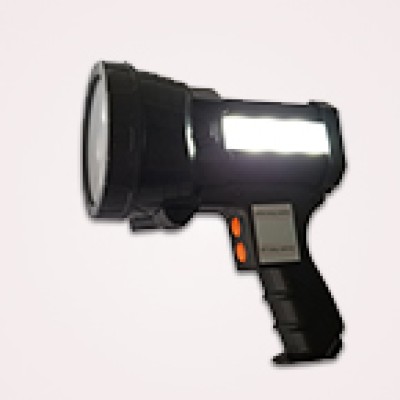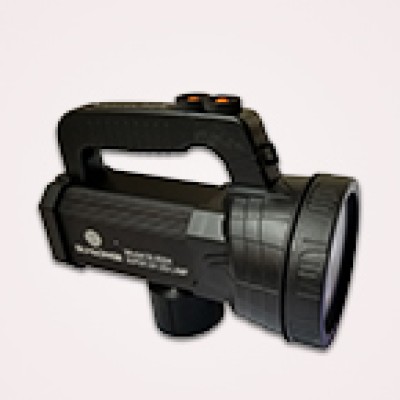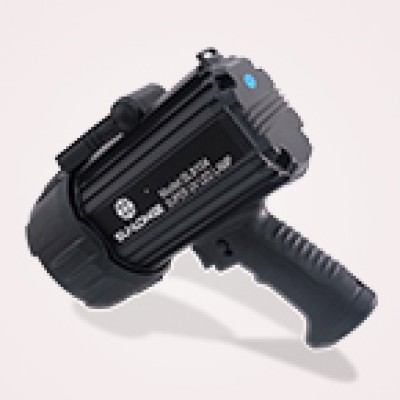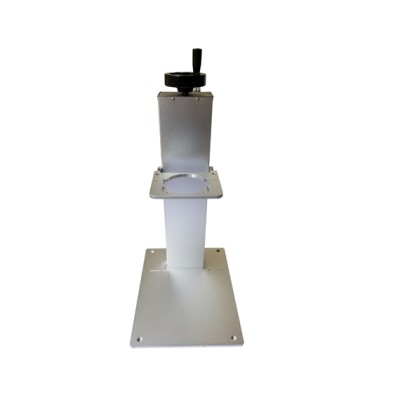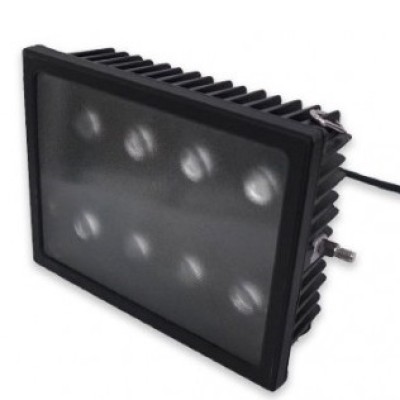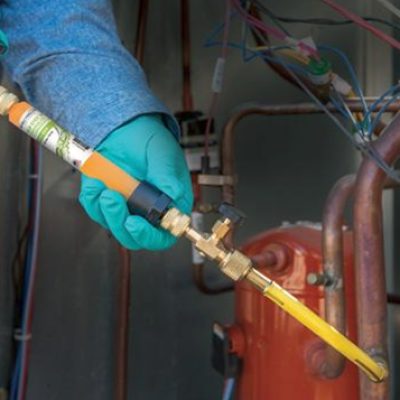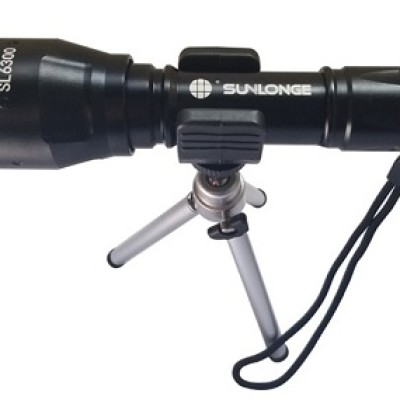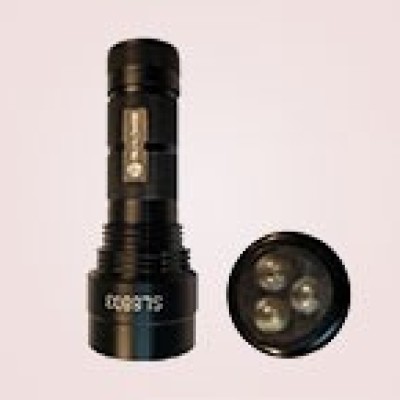Introduction
With continuous technological advancement, multiple instruments have arisen to support diverse fields of development. One of the most remarkable instances is UV leak detection flashlights. In the past, to detect any leakage, engineers had to purely rely on their human eyes. Thanks to this installation, it provides a solution of quick and reliable location.
What is a Leak?
Nowadays, a leak often refers to damage to a system, which consists of a compressor, refrigerant, a condenser, and other components. A leak, for example, in hoses, fittings, joints, seals, or O-rings can occur in any of the above parts. They can deteriorate and hinder the performance of the system, and more severely, they can lead to contamination of the system. In general, a leak can exist at every point during the air conditioning procedure, enhancing the difficulty of searching for the precise source of the leak. A leak commonly arises from the presence of moisture, creating a form of corrosive acid that destroys the components. Accordingly, with a longer period of usage of a system, there is a greater chance of leaks.
Consequence of Leak
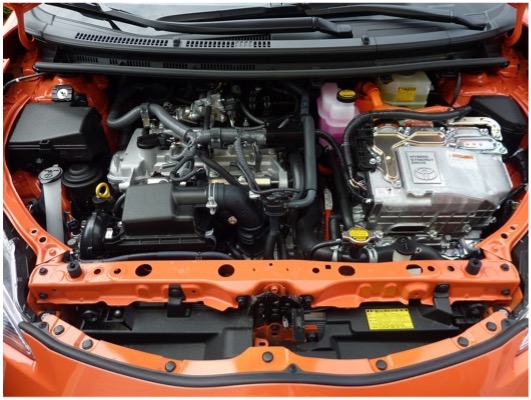
Another popular question regarding leaks is their potential consequences for the system. With a leak in the system, the refrigerant can easily escape and reduce the cooling performance of the air conditioning system. This eventually increases the temperature and hinders the operation. Another possible result is refrigerant contamination, which results in serious wear and tear. The failure of the compressor may generate countless sharp and tiny metal materials that travel through the system and terminate the flow of air. Recognizing the impact of a leak on the system, regular leak detection is crucial to maintaining the normal operation of all the components.
Guidelines for Using a UV Leak Detection Flashlight
Similar to all tools, the correct application is important to maximise the effectiveness of a UV leak detection flashlight. Considering the main aim of leakage location, the procedure typically begins with an injection into the system. After the injection, the engineer should ensure that all the additional liquid is removed from the system to minimize the risk of any confusion during the inspection. The next step is to turn on the system and allow the fluid to circulate through it. The circulation usually takes around 15 to 45 minutes, depending on the size of the system. With the circulation complete, a UV leak detection flashlight can be applied to highlight any source of leakage. Several hidden areas, for instance, pipework, gasket seals, and connectors, may require extra time for inspection. The flow path of the leakage will also be highlighted.
Advantages of a UV Leak Detection Flashlight
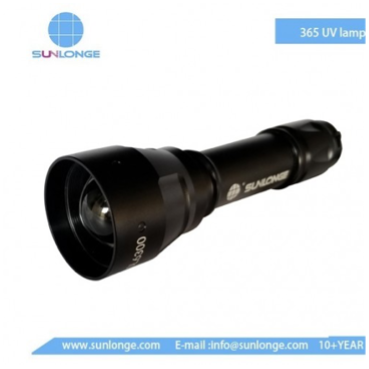
Compared with the traditional method of UV leak detection, a UV leak detection flashlight carries numerous advantages that improve both effectiveness and efficiency while lowering the cost of an inspection. Taking the SL6300 Adjustable UV Flashlight from Sunlonge as an instance, it generates a peak wavelength of 365 to 370 nm, which is ideal for the process of leak detection. In addition, it carries an intensity of 60000 to 80000 uw / cm2 at a distance of 15 inches. With the design of free adjustment, engineers can flexibly adjust the focal length of the lens from 20 to 100 mm, catering for all kinds of situations. More importantly, the stability of UV intensity is maintained at over 85%, ensuring a reliable result of inspection. Finally, the average LED life is lengthened to 30000 hours, which lowers the cost of inspection in the long run.
Conclusion
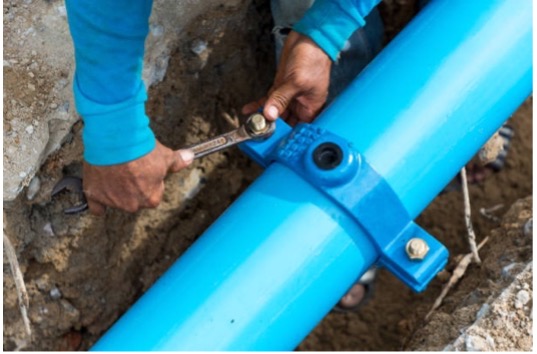
Due to skyrocketing business demands, diverse systems are running day and night. Leaks become an unavoidable problem under continuous operation. To reduce their impacts on the system and the cost of repairmen, regular leak detection is vital for all systems. Fortunately, with the invention of UV dyes and UV leak detection flashlights, this standard procedure has gained leveraged convenience and suppressed cost. They have therefore been widely applied in diverse aspects, for instance, penetration testing, fluorescence detection, biopolymer observation, criminal investigation with fingerprints and blood involved, fluorescence observation of ore, detection of oil cleaning, etc., providing enormous support to today’s development.
 CN
CN

